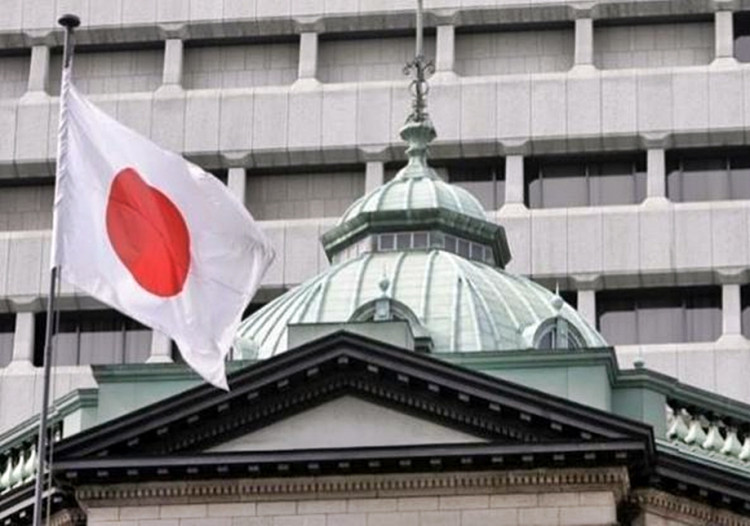The Bank of Japan (BOJ) raised its benchmark interest rate to "around 0.25%" from its previous range of 0% to 0.1%, marking the highest interest rates since 2008. This decision accompanies a detailed plan to taper its bond-buying program, aiming to trim the central bank's substantial holdings of Japanese government bonds (JGBs). The BOJ emphasized that despite the rate hike, real interest rates would remain "significantly negative," continuing to support economic activity with accommodative financial conditions.
The central bank projects that the core inflation rate, excluding fresh food prices, will reach 2.5% by the end of the fiscal year 2024 and hover around 2% for the 2025 and 2026 fiscal years. This forecast aligns with the BOJ's gradual approach to monetary tightening, assuming the economic outlook remains stable.
Governor Kazuo Ueda noted the possibility of further rate hikes this year, stating, "If data shows economic conditions are on track, and if such data accumulates, we would of course take the next step." He highlighted the importance of raising rates gradually to avoid sudden adjustments that could destabilize the economy.
A Strategic Shift in Monetary Policy
The BOJ's rate hike, which was unexpected by many market observers, contrasts sharply with other major economies, particularly the United States. While the Federal Reserve is anticipated to signal potential rate cuts, the BOJ's move indicates a significant policy shift aimed at phasing out a decade of massive stimulus measures.
The BOJ's board decided to increase the overnight call rate target to 0.25% from 0-0.1%, the highest since 2008. This decision marks a departure from the ultra-loose monetary policies of the past, which included negative interest rates and extensive bond-buying programs designed to stimulate sluggish consumer demand.
In addition to raising rates, the BOJ unveiled a quantitative tightening (QT) plan to reduce its monthly bond purchases to about 3 trillion yen ($19.64 billion) by the January-March 2026 quarter. This reduction is expected to decrease the BOJ's JGB holdings by 7% to 8% by fiscal 2026, signaling a cautious step back from its aggressive bond-buying era that began in 2013.
Market Reactions and Economic Implications
Following the BOJ's announcement, both the Nikkei 225 and Topix indices showed gains of 0.28% and 0.51%, respectively. The Japanese yen also strengthened marginally to 152.72 against the dollar. These market movements reflect cautious optimism about Japan's economic trajectory under the new monetary policy regime.
Despite the rate hike, Japan's central bank remains vigilant about potential risks. The BOJ noted that business fixed investment is on a moderate upward trend, and corporate profits are improving, while private consumption remains resilient despite rising prices. However, it slightly lowered its GDP growth forecast for the fiscal year 2024 to a range of 0.5%-0.7%, down from the previous forecast of 0.7%-1%.
Addressing Wage Growth and Inflation
A significant factor in the BOJ's decision is the observed wage growth across various sectors. The Japanese Trade Union Confederation reported that large firms with 300 or more union-backed employees raised wages by 5.19%, while smaller firms increased pay by 4.45%. This marks the largest wage hike in 33 years, supporting the BOJ's aim to create a "virtuous cycle" of rising prices and wages.
In its quarterly outlook, the BOJ maintained its projection that inflation would stay around 2% through fiscal 2026, with import prices showing signs of acceleration. The central bank stressed the need to remain vigilant against the risk of overshooting inflation, particularly given the yen's fluctuations.





